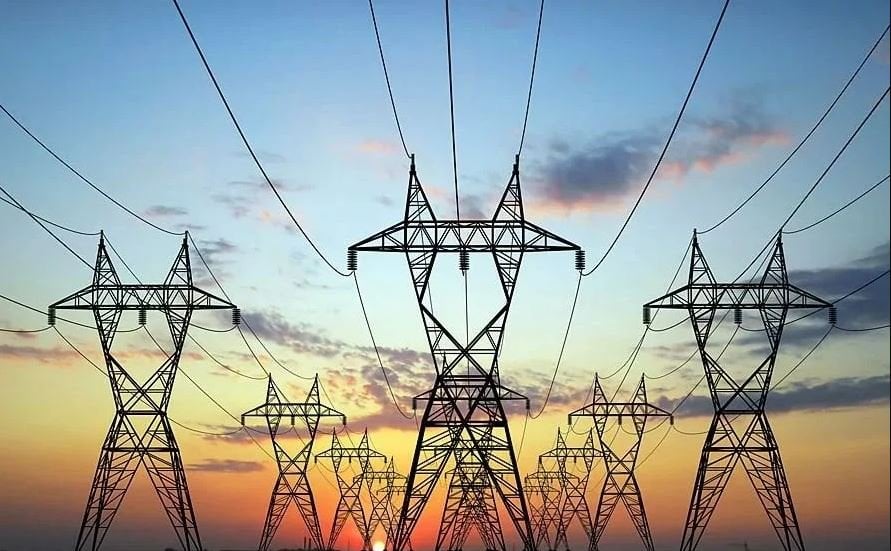India’s crucial role in Nepal-Bangladesh 25-year power sale deal

Bangladesh has to move away from traditional energy sources in the near future to guarantee its long-term sustainability and energy security. Energy security has become a top issue for developing and least-developed nations due to the supply chain interruption caused by the Ukraine conflict. These nations are having trouble navigating without collaboration since resources are getting more limited and prices are growing unstable. Bangladesh may be able to reduce its energy shortfall via cross-border energy cooperation. More accurately, South Asian energy cooperation is becoming more viable than ever.
In this regard, a 25-year deal between Bangladesh and Nepal for the export of 40MW of power was reached. Once Bangladesh, Nepal, and India sign a tripartite agreement on electricity sales from Nepal to Bangladesh through Indian territory, the understanding will become official. For signing the deal, India’s approval for using its territory for bringing hydropower was crucial for both Bangladesh and Nepal. And by extending its help to its neighbour, India truly expressed its benevolent feature.
India has also said that it is prepared to help its two neighbors trade in power. Bangladesh would directly pay NTPC Vidyut Vyapar Nigam Limited (NVVN) the transmission fee and service costs. The transmission fee will be the same as what power importers in India are already charged by India's power dealers. Depending on the technical state of the transmission infrastructure, including the load, Bangladesh may be required to pay 40–55 paisa [in Indian currency] per unit in accordance with the transmission tariff imposed in India.
For the Indian company's efforts to get Indian regulatory permission, Bangladeshi firms can also be required to pay service fees. During the mid-May joint steering committee meeting at the level of the energy secretary, Bangladesh and Nepal decided to execute a tripartite agreement between the NEA, the Bangladesh Power Development Board (BPDB), and the NVVN of India.
The Central Electricity Regulatory Commission of India claims that the Indian government has the power to conduct cross-border business. The Indian authorities are given explicit permission to sign the framework of bilateral agreements with the governments of the separate surrounding nations under a tripartite agreement.
In the future years, India and Bangladesh intend to significantly boost their use of renewable energy. The ambitious goal of the Indian government is to create 500 GW of non-fossil energy by 2030, supplying 50% of the country's energy needs. Similarly, Bangladesh plans to boost the proportion of renewable energy in the nation's power mix from less than three percent to over 40 percent by 2050.
Bangladesh has the capacity to provide several transmission routes for power. There is a potential for 50,000 MW of hydroelectricity in Arunachal Pradesh alone. Nearly 40% of India's entire hydropower potential, or 58,971 MW, is located in the Indian North Eastern Region, according to the Indian North Eastern Electric Power Cooperation. In Arunachal Pradesh and other northeastern states, India intends to investigate all hydropower possibilities. India has a 145,320 MW hydropower potential in total, however, only 45,399.22 MW of that capacity has been used. However, India must fork out a sizable sum of cash to carry hydropower from its northeastern to its northwesterly area. The geographical obstacle, however, has prevented India from realizing its full potential. In the Northeast of 2019, 18 projects with a capacity of more than 25 MW were currently under development.
India plans to develop power transmission lines to use Bangladesh's power corridor in order to save money. Bangladesh expressed interest in the power corridor in 2021 and anticipated receiving 20–25% of the hydropower that would be transported over the high-voltage gridline that crossed its territory. A substation will be erected along each route for the 6,000 MW transmission line in Bangladesh, which may be placed across distances of 200 km in Jamalpur or 100 km in Boropukuria. There are two potential transmission line routes: from Asam's Silchar through Meghna Ghat-Bheramara to West Bengal, and from Asam's Silchar via Baropukuria (Dinajpur) or Jamalpur to Bihar's Punia. Such high-capacity interconnectors might be built in Tripura-Comilla, Silchar (Assam), Bongaigaon (Assam), Jamalpur/Dinajpur-Purnea (Bihar), and Fenchuganj.
By building power transmission lines across Bangladesh, India can make use of the region's undeveloped hydropower resources. Bangladesh and India should step up efforts to improve their energy security based on reciprocity and strengthen South Asian regional cooperation. Nepal, Bangladesh, and Bhutan are three grid-connected nations that may engage in the most competitive Day-Ahead Power Market on the power exchanges to either satisfy their needs for power supply or to swap out more expensive power in their portfolio. As additional nations in the area are linked, this South Asian Power Market may grow and flourish even more.
(Samara Ashrat is a columnist specializing in South Asian Geopolitics and India-Bangladesh Relations)



Leave Comment